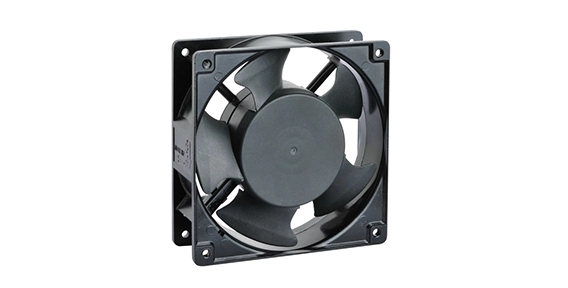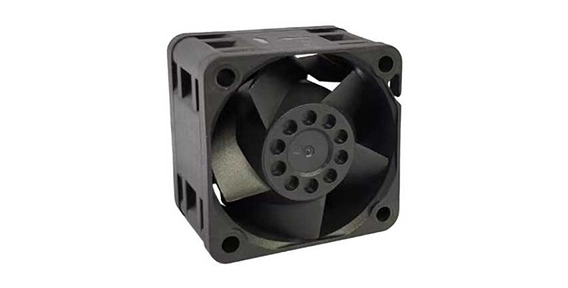In the world of modern electronics, the importance of managing heat and maintaining optimal operating temperatures cannot be overstated. As electronic devices become smaller, more powerful, and more densely packed, heat dissipation becomes a critical factor in ensuring their reliability and longevity. This is where DC axial fans come into play, revolutionizing the way electronics are designed and operated. In this blog post, we'll delve into the transformative role of DC axial fans in the electronics industry.
Understanding DC Axial Fans: The Basics
Before we delve into the transformational impact of DC axial fans, let's start with the basics. DC axial fans are compact, lightweight devices designed to circulate air in a specific direction along an axis. They consist of blades or impellers that draw in air and expel it in a controlled manner. These fans are powered by direct current (DC), making them suitable for a wide range of electronic applications where power efficiency and precise control are essential.
Efficient Heat Dissipation
Heat is the natural byproduct of electronic components and circuits operating at high speeds and processing power. Left unchecked, excessive heat can lead to reduced performance, accelerated component wear, and even total system failure. DC axial fans are instrumental in transforming the electronics landscape by efficiently dissipating this heat. By directing airflow across heat sinks and components, these fans ensure that heat is carried away, preventing thermal damage and maintaining optimal performance.
Miniaturization and Increased Component Density
The evolution of electronics has led to the miniaturization of components and increased circuit density. While this enables the creation of smaller and more powerful devices, it also poses challenges in terms of heat management. DC axial fans have played a pivotal role in addressing these challenges by enabling designers to create intricate and densely packed electronic systems without sacrificing performance. The compact size and high airflow capabilities of these fans make them ideal for cooling tight spaces.
Enhanced Reliability and Extended Lifespan
Electronics that run within a safe temperature range are not only more reliable but also enjoy extended lifespans. DC axial fans contribute significantly to the reliability and longevity of electronic devices by maintaining consistent temperatures. By preventing overheating and thermal stress, these fans help mitigate the risk of premature component failure and costly downtime.
Customization and Precision Control
One of the standout features of DC axial fans is their ability to offer precise control over airflow and cooling. This level of customization is crucial for various applications, ranging from servers and data centers to industrial machinery and consumer electronics. Manufacturers can adjust fan speed and airflow direction to match specific thermal requirements, ensuring that electronics are cooled optimally and energy is conserved.
In the ever-evolving landscape of electronics, the role of DC axial fans in transforming the way devices are designed and operated cannot be overlooked. These compact and efficient cooling solutions have redefined heat management strategies, enabling the creation of smaller, more powerful, and reliable electronic systems. As technology continues to advance, DC axial fans will undoubtedly remain a cornerstone of innovation, ensuring that electronics continue to push the boundaries of what is possible.
Whether it's in your smartphone, laptop, car, or the data centers that power the internet, DC axial fans are the unsung heroes that keep our electronic world running smoothly, efficiently, and reliably. Their impact is profound, reminding us that even the smallest components can have the most significant impact on technological progress.

 EN
EN  +
+
 +
+
 +
+



